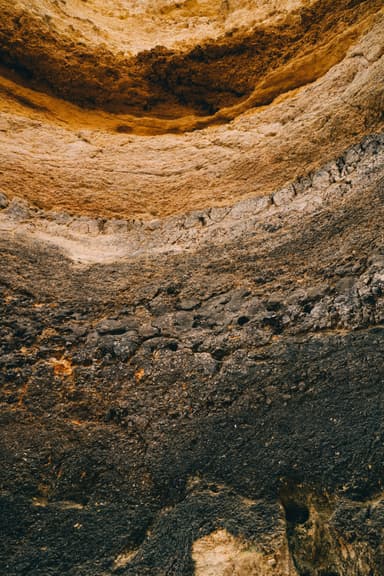Myths about teaching can hold you back
- Year 3
Soil permeability: plan (non-statutory)
I can plan an investigation to compare how water moves through different soils.
- Year 3
Soil permeability: plan (non-statutory)
I can plan an investigation to compare how water moves through different soils.
These resources will be removed by end of Summer Term 2025.
Switch to our new teaching resources now - designed by teachers and leading subject experts, and tested in classrooms.
These resources were created for remote use during the pandemic and are not designed for classroom teaching.
Lesson details
Key learning points
- Soil scientists ask questions about which type of soil is best for different purposes.
- Water moves very easily through permeable soils and very slowly through soils with low permeability.
- In a comparative test investigation, variables must be controlled so that only one thing is changed.
- Scientists make plans that include what they will do and what equipment they will need.
Keywords
Permeable - If a material is permeable it will allow liquids and gases to go through it.
Plan - A plan is a method that maps out the steps that will be taken during an investigation.
Comparative test - In a comparative test, the thing that is being changed has labels, such as the types of materials.
Variable - A variable is something that can be changed, measured or kept the same in an investigation.
Common misconception
All soils are the same when it comes to permeability, how wet/dry a soil is depends how much it rains.
By planning a practical activity, pupils will be able to measure and observe how permeable different types of soils are.
To help you plan your year 3 science lesson on: Soil permeability: plan (non-statutory), download all teaching resources for free and adapt to suit your pupils' needs...
To help you plan your year 3 science lesson on: Soil permeability: plan (non-statutory), download all teaching resources for free and adapt to suit your pupils' needs.
The starter quiz will activate and check your pupils' prior knowledge, with versions available both with and without answers in PDF format.
We use learning cycles to break down learning into key concepts or ideas linked to the learning outcome. Each learning cycle features explanations with checks for understanding and practice tasks with feedback. All of this is found in our slide decks, ready for you to download and edit. The practice tasks are also available as printable worksheets and some lessons have additional materials with extra material you might need for teaching the lesson.
The assessment exit quiz will test your pupils' understanding of the key learning points.
Our video is a tool for planning, showing how other teachers might teach the lesson, offering helpful tips, modelled explanations and inspiration for your own delivery in the classroom. Plus, you can set it as homework or revision for pupils and keep their learning on track by sharing an online pupil version of this lesson.
Explore more key stage 2 science lessons from the Rocks and soils unit, dive into the full primary science curriculum, or learn more about lesson planning.

Equipment
Plastic bottle, soil samples, funnel, filter paper, measuring jug and timer or stopwatch may be helpful at this planning stage but not essential.
Content guidance
- Risk assessment required - equipment
- Exploration of objects
Supervision
Adult supervision required
Licence
Prior knowledge starter quiz
6 Questions
Q1.Which of these materials are soils made from?

Q2.Soils have different textures, colours and particle sizes. We call these their ...

Q3.Which of these are the reasons why there are different types of soil?
Q4.Which of these things could a soil scientist use to look more closely at the properties of different soil samples?
Q5.Match the type of soil to its description.
a heavy texture and small particles
a lighter texture and larger particles
a fine texture with particles larger than clay but smaller than sand


